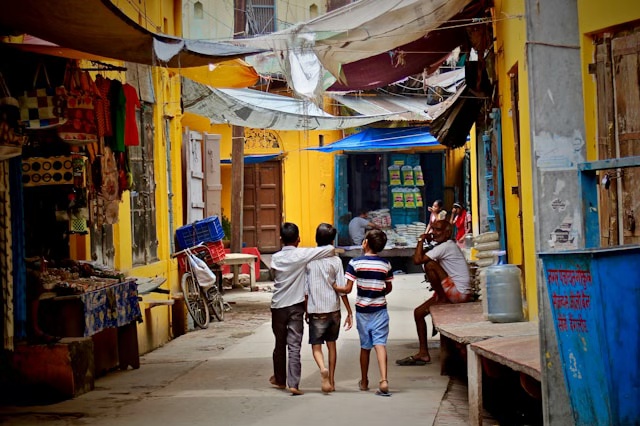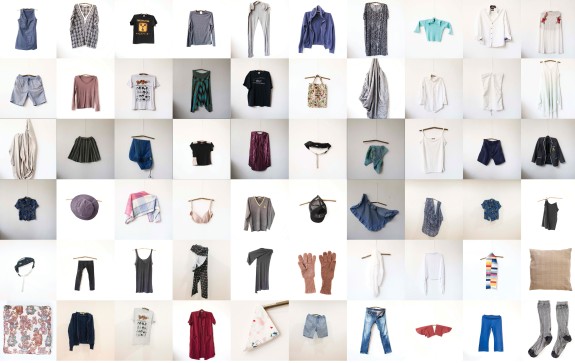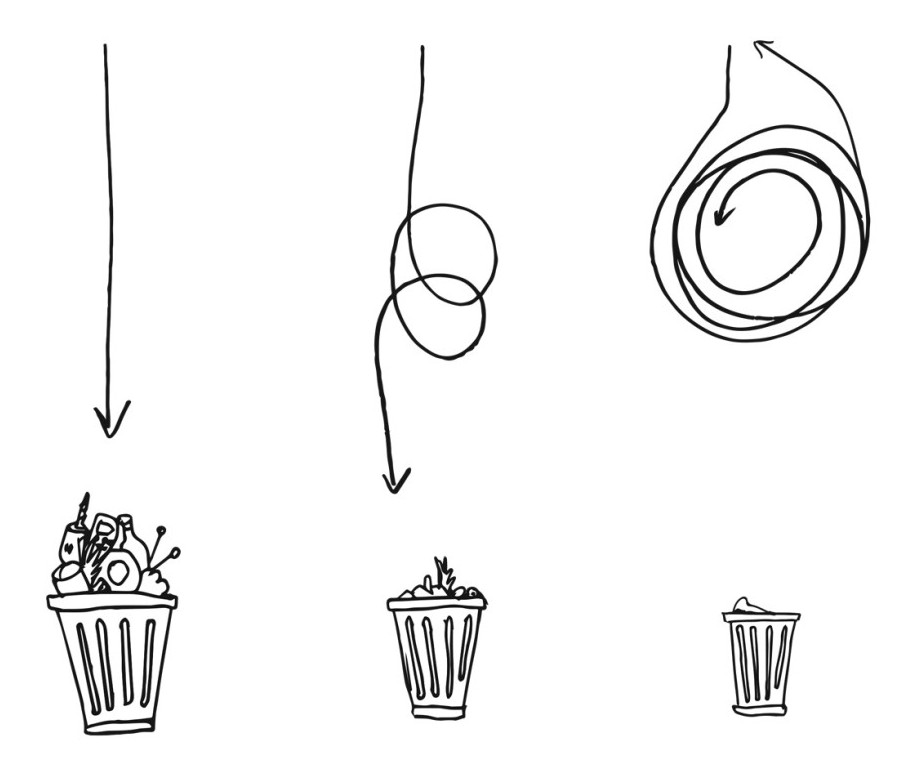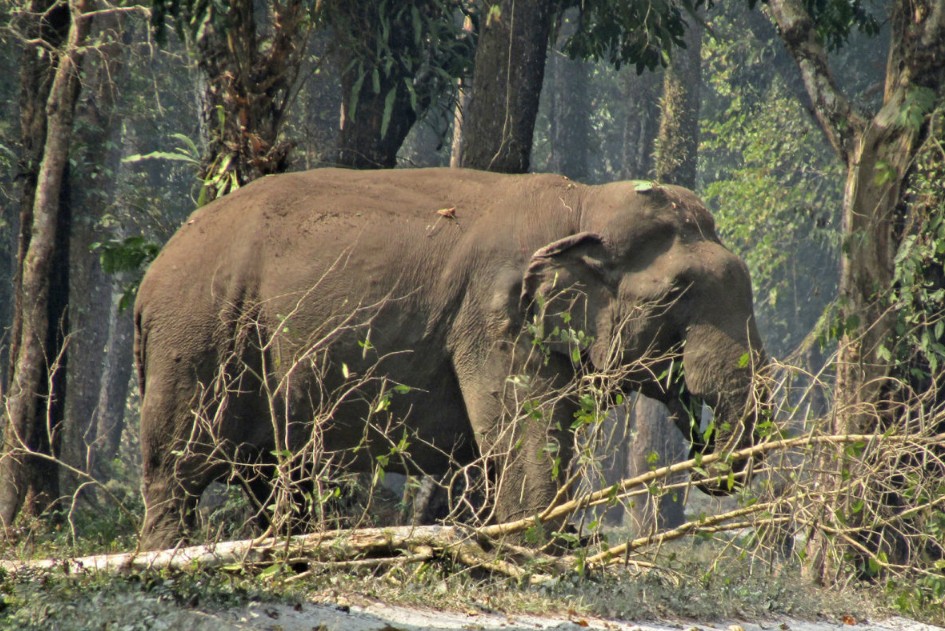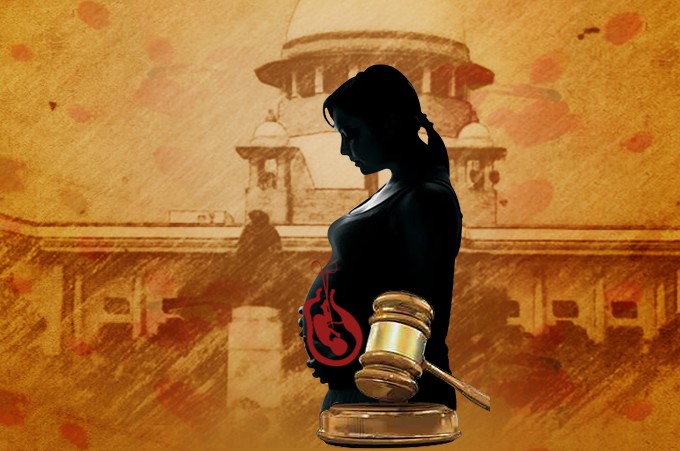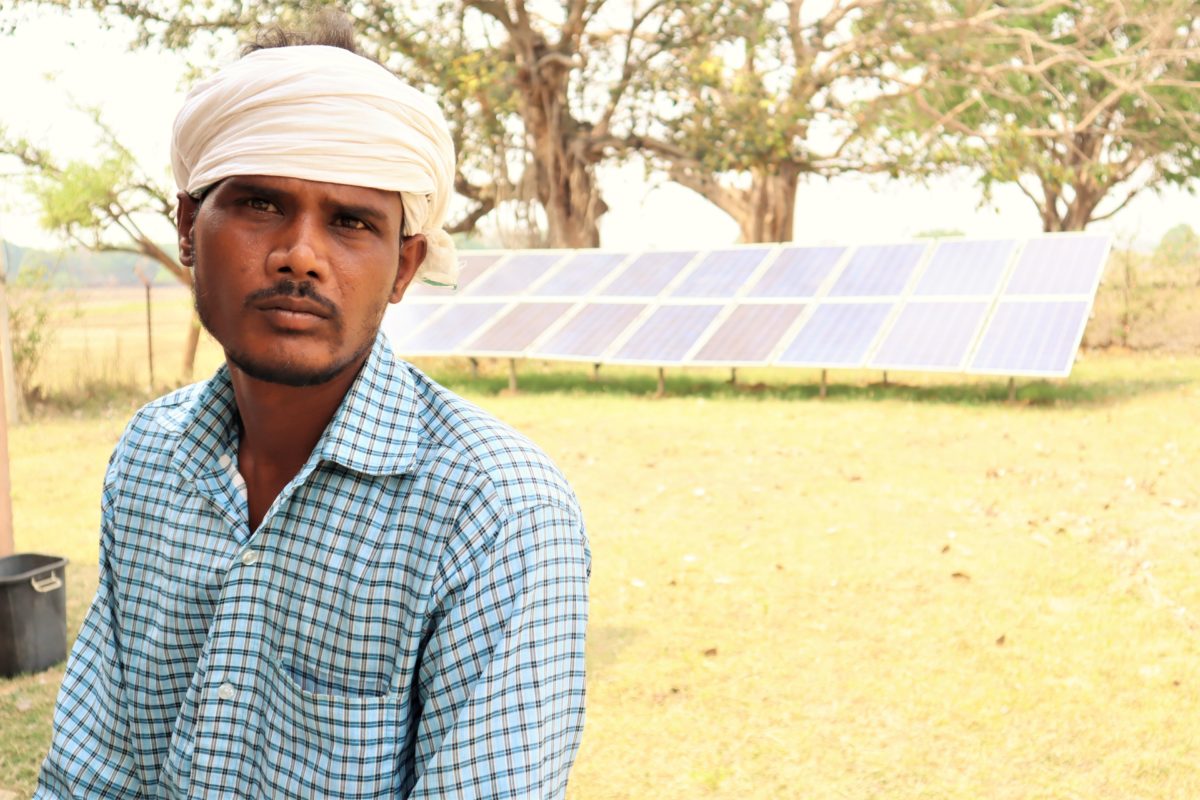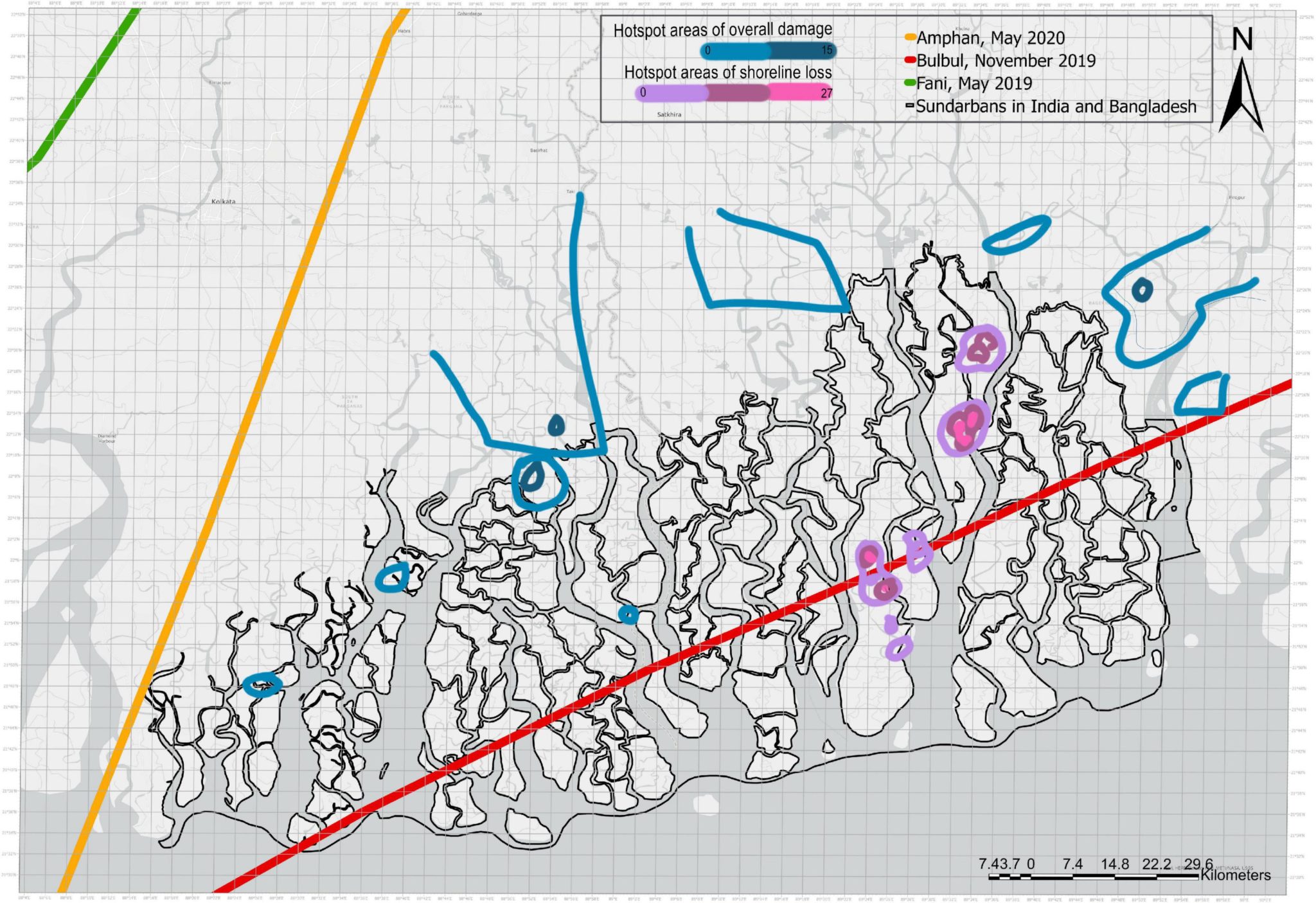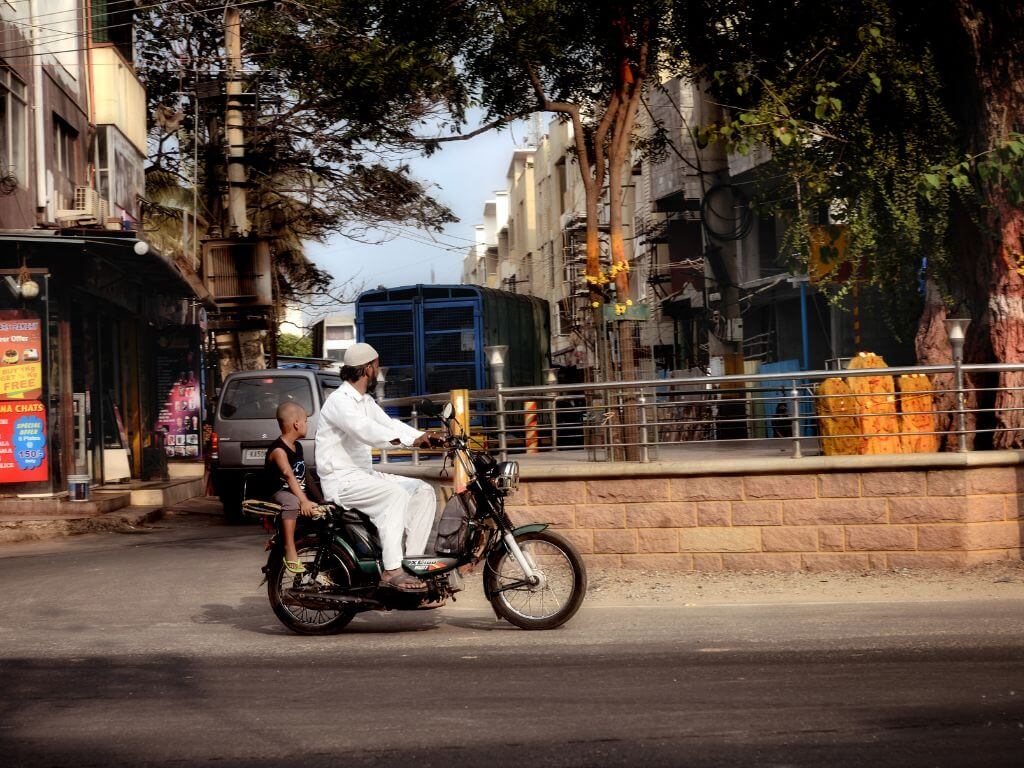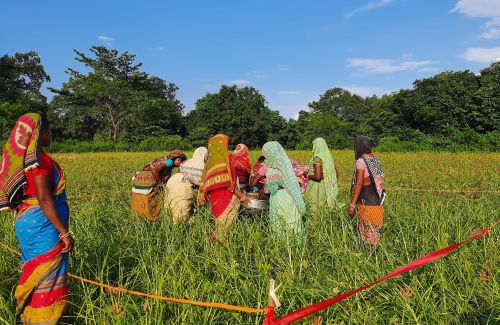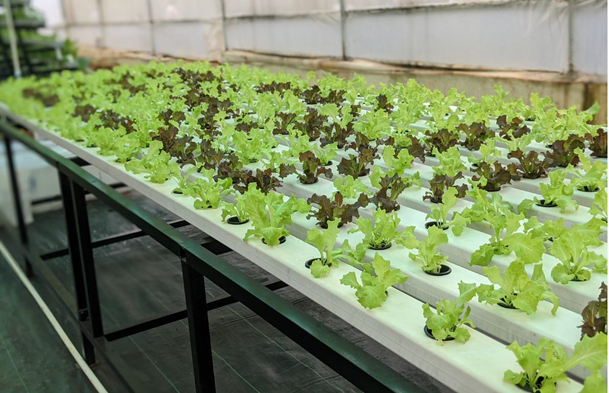Following the success of its nationwide citizens' audit of education (ASER, see here and here), the NGO Pratham has now initiated a similar effort to understand the status of human development in several other social sectors. Known as PAHELI (People's Audit of Health, Education and Livelihoods), it is a rapid assessment of the prevailing status of human development in a district, and covers four major sectors: life and livelihoods, water and sanitation, mother and child health, and education and literacy. The design and execution of PAHELI were carried out by Pratham and its PAHELI district partners. The exercise was supported by the United Nations Development Programme, with participation from UNICEF.
Underlying the PAHELI experiment was the desire to bring the Millennium Development Goals down to the village level. How can one take the MDGs and bring them to the local level so that ordinary citizens can begin to understand how far their locality has come on these goals and how far there is still to go?
The PAHELI exercise was carried out in states that have prepared official state-level Human Development Reports (HDRs). The aim of the official HDRs is to highlight the status of human development across and within states, and ensure adequate planning and resources for basic sectors like adult literacy, children's education, health, livelihoods and poverty reduction. The district is increasingly becoming an important unit for planning, budgeting, decision-making and implementation for development. Recognising this, some states have also followed up their state-level HDRs with district-level HDRs. These are particularly important for low Human Development Index districts. The district-level HDRs by and large rely on secondary data from different government departments and other sources.

•
A poor and unhealthy nation
•
Global role, empty stomachs
•
Number crunching won't do
•
Progress by any other measure
Participation is the key
The most significant aim of participatory data collection is to help citizens draw nearer to the governance processes and administrative choices that determine the level of development around them. The intent of the Human Development Reports has been to put people at the centre to development, by emphasising that 'development is of the people, for the people'. In this context it is only appropriate that the exercise of generating the district report card should be done by people of that district itself and its use subsequently is most powerful at that level.
To facilitate this movement from top-down methods of planning and implementation towards more participatory processes for local engagement, many methods and mechanisms can be used. At the core of this transition is the development of local capacities to analyse local situations, to assess and understand human development gaps and needs, and to link them to available opportunities and resources. The PAHELI effort aims to do some of this. In this context, two basic questions come up:
-
Can a simple 'tool kit' be developed that can be used by ordinary people to understand the status of basic human development in their locality?
-
Can a simple set of processes be developed that can be used by citizens and local groups to generate their own information on the prevailing state of human development in their area?
In developing PAHELI, we were convinced both are possible. And so we set out to identify broad domains for measuring development. Four such domains were identified: Life & Livelihoods; Water and Sanitation; Mother and Child Health; Education and Literacy. For each of these we looked at all available surveys and identified simple indicators of development.(We were also inspired by a pictorial BPL survey tool from Karnataka.) Next we developed a tool kit for gathering these measurements. To deepen engagement of the local people and the respondents in the process of generating the report cards, PAHELI uses a combination of pictorial tools, activities (such as water testing, height & weight measurements, salt testing) and observations. We found that activity based data collection leads to a lot of discussions in the village around the measurement activity and is a good way to begin to create awareness about the issue at the local level.

Pictorial tools were used to help resondents
understand questions and select answers easily.
PAHELI was carried out in 11 selected districts. These districts are among the poorest districts in their respective states, and are also listed in various official lists of 'backward' districts. The districts are Chamba (HP), Jalor (RJ), Mandla (MP), Bidar (Karnataka), Ahmednagar (MH), Gajapati (OR), Dakshin Dinajpur (WB), Dhemaji (AS), Mon (Nagaland), Lower Subansiri (Arunachal Pradesh). In addition, Mewat (HR) was added.
The actual survey was carried out by a local citizen's group or non-government institution or college of the district. Thirty randomly sampled villages were selected using the 2001 census village lists. Twenty randomly sampled households were surveyed in each village. Adult women in the household were the main respondents. A sample District Development Report card (from Gajapati, Orissa), as well as the toolkit used for the survey, are both available (see here and here respectively).
We think that the activity based approach to assessment has a lot of potential. The toolkit here is a sample. Using a toolkit like this, a village panchayat can create a village report card where all households are included. A block development officer may use a random sample of villages in the block to create a block report card. PAHELI used a district sample. The toolkit and the process are a simple means of dissemination, awareness building and advocacy about the problems. Using our ASER experience from education, we find that the assessment by citizens was the first step. It led to the next step which is a national campaign in which citizens are involved also in being part of the solution.
The PAHELI toolkits are a sample. We hope that other people will use these toolkits, modify them, improve upon them and use them in their own work in development in rural areas. We look forward to comments, suggestions and inputs on the tools and relevance of these for monitoring of Millennium Development Goals and district planning exercises. We are also interested in knowing whether pictorial tools of the sort used in the PAHELI survey, or other tools, have been used in these sectors by other development professionals and NGOs too.



